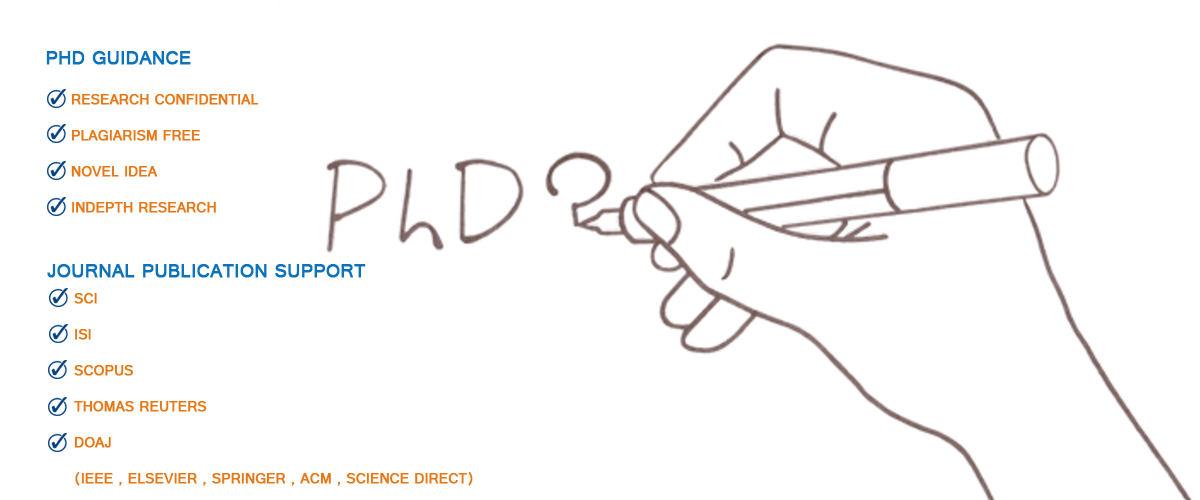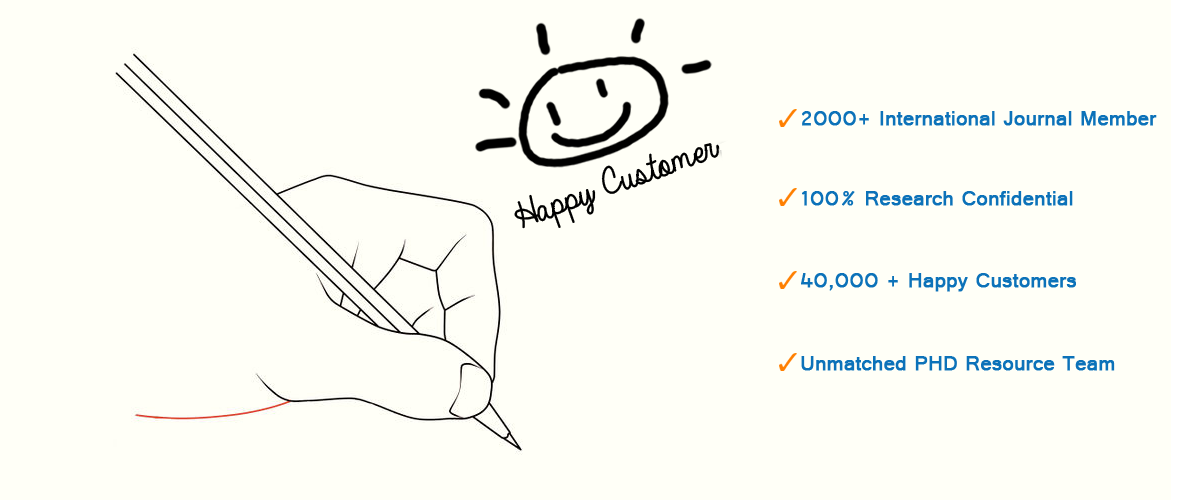How to Implement Network Channel Modeling in NS2
To implement the Network Channel Modeling in Network Simulator 2 (NS2), we have to simulate the aspects of a wireless communication channel, containing signal propagation, path loss, fading intrusion and noise. These are important for replicating real-world wireless communication environment when they define how signals are transferred and received through numerous distances and scenario conditions.
In NS2, channel modeling is managed by the physical layer (PHY) and the channel. We can attach the extra effects like path loss, fading or more advanced channel dynamics by extending or altering the available channel models. Below is a procedure of channel modeling implementation in the network using ns2:
Key Elements of Network Channel Modeling:
- Path Loss: Models how the signal strength reduces with distance amongst transmitter and receiver.
- Fading: Models the rapid fluctuations of the signal amplitude caused by the scenarios (such as multi-path propagation).
- Interference: Models the effects of other signals on the communication channel.
- Noise: Models background noise in the communication channel.
- Propagation Delay: Models the time taken for a signal to move from the transmitter to the receiver.
Step-by-Step Guide to Implement Network Channel Modeling in NS2
- Understand the Existing Channel Models in NS2
NS2 already offers basic wireless channel models like:
- FreeSpace Model: Basic line-of-sight model depends on the Friis transmission equation.
- TwoRayGround Model: A two-ray ground reflection model that is more precise for larger distances.
- Shadowing Model: Simulate signal congesting with hindrances by including shadowing effects.
You can expand these models or generate a new custom channel model.
- Modify the Propagation Model
The propagation model defines how signals move through the wireless medium. Add more latest realistic channel effects like fading or shadowing by extending the propagation models.
Example of Modifying the FreeSpace Model:
You can expand the Propagation/FreeSpace model to replicate custom path loss or fading effects. The available Propagation/FreeSpace model is executed in C++ as fragment of the NS2 physical layer.
Here is an sample of how to extend the FreeSpace model to attach path loss and fading.
Example C++ Code to Extend FreeSpace Propagation:
class CustomChannelModel : public FreeSpace {
public:
CustomChannelModel();
double calculateReceivedPower(double Pt, double Gt, double Gr, double distance, double wavelength);
double applyFading(double power, double distance);
protected:
double pathLossExponent;
double shadowingStdDev;
};
// Constructor to initialize the channel model parameters
CustomChannelModel::CustomChannelModel() : FreeSpace(), pathLossExponent(2.0), shadowingStdDev(4.0) {
}
// Calculate the received power based on the custom path loss model
double CustomChannelModel::calculateReceivedPower(double Pt, double Gt, double Gr, double distance, double wavelength) {
double freeSpacePower = FreeSpace::calculateReceivedPower(Pt, Gt, Gr, distance, wavelength);
// Apply custom path loss based on distance
double pathLoss = pow(distance, pathLossExponent);
double receivedPower = freeSpacePower / pathLoss;
// Apply shadowing and fading to the received power
return applyFading(receivedPower, distance);
}
// Apply fading to the received power
double CustomChannelModel::applyFading(double power, double distance) {
// Example: Log-normal shadowing model
double fadingFactor = exp(shadowingStdDev * gaussianRandom());
return power * fadingFactor;
}
This model extends the basic FreeSpace model to add:
- Path Loss: A distance-based path loss model where signal power minimizes with distance.
- Fading: A log-normal shadowing model to replicate the effect of obstacles or multi-path fading.
- Add Fading and Shadowing
You can imitates fading and shadowing influences to model how signal strength fluctuates because multi-path propagation or hindrances in the environment.
Example Fading Model:
In the previous example, the applyFading() function executes a basic log-normal shadowing model. You can alter this to use other fading models like Rayleigh fading or Rician fading.
For Rayleigh fading, the fading factor can be drawn from a Rayleigh distribution:
double CustomChannelModel::applyFading(double power, double distance) {
// Rayleigh fading (signal fading in the absence of a strong line of sight)
double fadingFactor = sqrt(pow(gaussianRandom(), 2) + pow(gaussianRandom(), 2));
return power * fadingFactor;
}
- Calculate Path Loss
Path loss is a major element of the channel model, indicating how much signal power is lost as the distance amongst the transmitter and receiver raises. Regular path loss models contain the log-distance path loss model, which uses a path loss exponent to compute the loss.
Here’s an sample of the log-distance path loss model:
double CustomChannelModel::calculatePathLoss(double distance) {
double pathLossExponent = 3.0; // Set the path loss exponent
double referenceDistance = 1.0; // Reference distance (1 meter)
double referenceLoss = 1.0; // Reference loss at the reference distance
// Log-distance path loss model
double pathLoss = referenceLoss * pow((distance / referenceDistance), pathLossExponent);
return pathLoss;
}
- Model Interference
Intrusion is a crucial factor in wireless networks where multiple transmissions can happen instantaneously. To model interference, you can keep track of the ongoing transmissions and measure how they influence the current signal.
Here’s how you might model interference:
double CustomChannelModel::calculateInterference(Packet* p) {
double interferencePower = 0.0;
// Iterate through all ongoing transmissions
for (auto& otherTransmission : ongoingTransmissions) {
if (otherTransmission != p) {
double power = calculateReceivedPower(…);
interferencePower += power;
}
}
return interferencePower;
}
- Propagation Delay
In wireless networks, propagation delay indicates the time taken for a signal to move from the transmitter to the receiver. You can compute this in terms of the distance amongst the nodes and the speed of light.
double CustomChannelModel::calculatePropagationDelay(double distance) {
double speedOfLight = 3.0e8; // Speed of light in meters per second
return distance / speedOfLight;
}
- Implement Noise
In realistic networks, noise impacts signal transmission. You can model noise as a random variable that includes to the signal, making it more complex for the receiver to decode the message.
You can mimic noise by attaching a Gaussian noise element to the received signal:
double CustomChannelModel::addNoise(double signalPower) {
double noisePower = gaussianRandom() * noiseStdDev; // Gaussian noise
return signalPower + noisePower;
}
- Integrate the Custom Channel Model into NS2
After the execution, you need to combine it into NS2 by adjusting the Tcl script to use the new channel model.
Example Tcl Script to Use the Custom Channel Model:
# Create the simulator instance
set ns [new Simulator]
# Create nodes
set node1 [$ns node]
set node2 [$ns node]
# Set up the custom channel model
set channel [new Channel/WirelessChannel]
set propModel [new Propagation/CustomChannelModel]
$channel set propagation_ $propModel
# Configure PHY and MAC layers
$node1 set phy_ [new Phy/WirelessPhy]
$node2 set phy_ [new Phy/WirelessPhy]
# Connect nodes through the custom channel
$node1 set channel_ $channel
$node2 set channel_ $channel
# Set up traffic sources (UDP, TCP, etc.)
set udp1 [new Agent/UDP]
set udp2 [new Agent/UDP]
$ns attach-agent $node1 $udp1
$ns attach-agent $node2 $udp2
# Start simulation traffic
set cbr [new Application/Traffic/CBR]
$cbr set packetSize_ 512
$cbr set interval_ 0.05
$cbr attach-agent $udp1
$ns at 1.0 “$cbr start”
# Run the simulation
$ns run
- Analyze the Performance
Once the simulation is complete, you can evaluate key metrics such as:
- Packet Delivery Ratio (PDR): Compute the success rate of packet transmission.
- Throughput: The number of data transmitted over the network.
- Signal Strength: Assess how signal strength varies with distance, fading, and intrusion.
- End-to-End Delay: Estimate the time taken for packets to move through the network.
You can extract these metrics from the NS2 trace files and use them to analyze how well the custom channel model operates in various network conditions.
Overall, we have comprehensively offered the details for you to understand the implementation process of Network channel modeling using ns2 tool by modifying the Propagation Model and so on. You can examine the result to check whether it is works properly or not. Stay in touch with us for best implementation guidance and get best results.







